The Article
HINT 6 Amplifier From Parasound
2nd February 2022
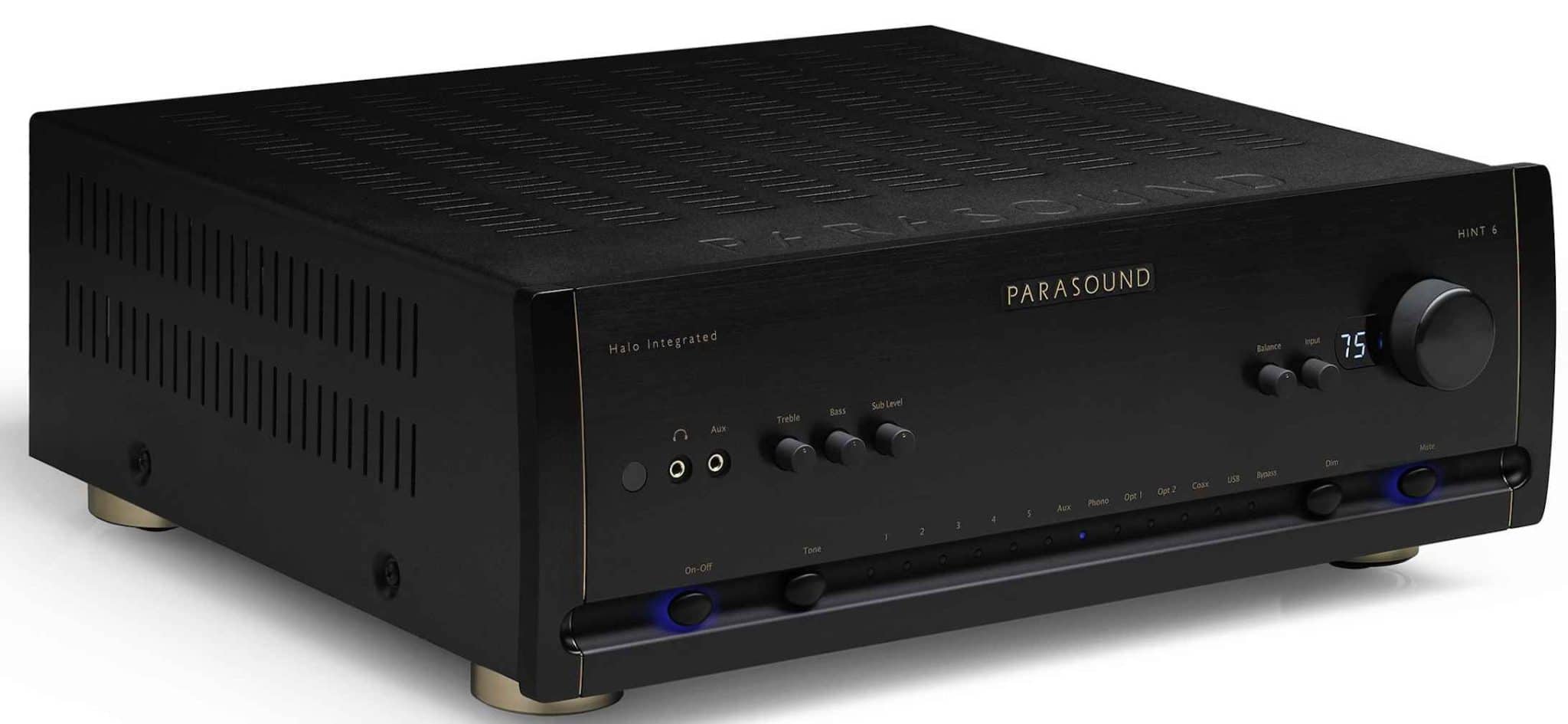
OK, it’s not particularly new but Paul Rigby has always wanted to get to grips with this ‘muscle car’ of an amp and he thought now was as good a time as any…
Mainly because I reviewed the HINT 6’s lower-cost brother, the Halo. The 160W, Class A/B HINT 6 was a progression from the original Halo which I reviewed HERE and loved to bits. Because I was enamoured with the Halo, I wanted to check out its big brother – in price terms, at least. Why the extra expense? Well, the HINT 6 improved the quality of the DAC as well as the pre-amp section (benefitting from technology ported from Parasound’s P6 pre-amp), it also added a second optical input and upgraded the volume control but retained the power amplifier stage.
The build quality of the HINT 6, in broad terms, is very good indeed. Solid is the HINT 6.
This is a big box which talks of strength and presence. The HINT 6 will be the dominant heart of any hifi it’s connected to – and that’s before you even switch it on. Visually, it commands attention.
I wasn’t enamoured with the control layout. Considering that there’s enough aluminium on the front fascia to fill two football pitches, the controls and indicator lights are cramped together or shoved into corners while the knobs – volume excluded – are rather small and fiddly. Considering the price, I am also unsure why the built-in headphone amplifier only offers a 3.5mm socket. I would have preferred a 6.35mm as a base fixture.
THE WRONG TONE
The main design issue I have with this amplifier is the inclusion of tone controls. Considering the price of this unit, tone controls seem a particularly odd choice. Firstly, tone controls cost money to include. This amplifier will have been built to a budget and tone controls would have eaten up some of that budget. Now, when you consider that most hifi products are created to a desired price point, any included component has to be a compromise. If you include a better quality ‘this’ then you might have to have a lower quality ‘that’ to balance the budget. Including tone controls surely has meant that some other feature in the amplifier has suffered a tad or possibly another – maybe more desirable – feature has had to make way. Failing that, binning the tone controls would’ve lowered the price.
That’s my first problem. The second issue is this. If you’re going to spend a heap of cash on an integrated amplifier, then you take it out of the box and then immediately change its sound output by fiddling with its tone controls then why buy the amplifier in the first place? What’s the logical point in that? Why not buy something else that appeals to your ear, right out of the box?
KNOBS & SOCKETS
The remote is a simple yet effective offering. It’s light in weight and of an appreciable size yet it was never unwieldy. Again for the price of this amplifier, I would have liked to have seen a better quality of build but, saying that, it remained easy to use and comes with optional backlighting via a simple push button.
Apart from that headphone socket, the volume knob (with visual indicator window) and the tone controls, the front fascia offers an auxiliary input, balance control, input knob, mute, dimmer switch for the volume output window, input lights and power/stand-by button.
On the rear is an IEC socket and rocker power switch, speaker sockets, a pair of balanced inputs and outputs and a balanced sub output, phono sockets for MM (47k Ohm) and MC (100 Ohm) cartridge, five pairs of single-ended RCA inputs, pre-amp controls and outputs, subwoofer controls and outputs, two optical ports, coax and USB for the built-in ESS ES9018K2M Sabre32 Reference DAC that offers up to 32bit/384kHz and DSD256. That is, the Asynchronous USB 2.0 supports PCM up to 32bit/384kHz, the coax and optical inputs accept PCM up to 24bit/192kHz.
A home theatre bypass input is included for surround sound integration. Inside lies a large, shielded toroid power transformer and a dual-mono power supply and power amplifier with matched JFET input stages and MOSFET driver stages. For safety, you also get temperature and short circuit relay protection.
The HINT 6 spans 437 x 413 x 437mm (approx. 17 x 16 x 17in) and weighs in at 15kg (33Ib).
SOUND QUALITY
I began with CD and a much-neglected rock outfit, The Strawbs and their 1978 album Deadlines, reissued by Esoteric in a neat box set packed with 10 bonus tracks, a second CD featuring BBC Radio One’s Sight and Sound in Concert perforce from Golders Green Hippodrome, London 18 February 1977 and a DVD of the the same concert.
My test track was from the original Deadlines album, a track called No Return.
This amplifier is a bit of a muscle product. It’s big, macho, it’s meaty and filled with testosterone. It loves to flex its biceps. The HINT 6 sits within a bunch of hifi products that also like to impress by wearing white vests. All of them have an uncontrollable urge to do lots of press ups as soon as a lady enters the room. All of them have difficulty passing a mirror without checking out their own posteriors.
Saying that, what the HINT 6 offers that many other muscle amps do not is a sense of finesse that backs the power. So, more James Bond than Bob the Builder then.
At the beginning of this track, there are a bunch of power chords. It’s the sort of opening that’s made for an amplifier like this. Immediately, it gets to flex at you, right between the eyes.
The power was certainly here but the power was not raw and primitive. The chords were more complex than that. They also added a sense of the subtle, allowing detail to wander around the chords. The HINT 6 kept the presentation neutral, there was no dramatic midrange emphasis to etch detail on the power. Instead the information was offered to the ear in a more naturalistic manner.
More than anything else, the signature feature of the HINT 6 was a combination of both power and space. So what you got was grandeur. An epic sprawl. Music was given to you across a wide vista.
This meant that the power chords on this track were not direct and punchy. Instead, the HINT 6 was almost symphonic in its bass delivery. So power was offered via dimension. You’re impressed by its size. This isn’t power that hits you in the gut and leaves you breathless. This is power that fills the sky and leaves you awed.
This also meant that the piano that entered the soundstage soon after was not akin to stand up ‘Ol’Joanna’ from a corner pub via the backstreets of Old Kent Road but one piloted by a concert pianist from the London Symphonia. This was a piano whose resonance ranged across the horizon and came to the ear in three dimensions. Yet it didn’t dominate, it snuggled into the mix as a team player, as part of the mix. It was not pushed into your face.
PLAYING THE DUKE
Playing the vinyl version of Duke Ellington’s Jazz Violin Session from 1963, a particularly low noise recording, I had to up the gain to compensate for this welcome production quality which enhanced the vast amount of air in the recording space. The amount of reverb bounced off every surface here with dramatic effect and the HINT 6 tracked every sonic reaction to the space. Violins had a crazy, crunchy resonance that oozed emotion and a sense of the playful. The track, Take the ‘A’ Train, swayed and swung in an uptempo waltz that offered so much freedom in its presentation, I could have sworn that the recording was completed with all of the studio windows open wide.
I grabbed a CD version of the same album, disconnected my CD transport from my Benchmark DAC and plugged the same transport into the HINT 6’s internal DAC instead.
Sure, the internal DAC was rather more subdued, lacking in a sense of life and pizazz when compared to the more expensive, external model but the internal module still did a great job for a bundled DAC. Yes, there was a slight upper midrange edge during crescendos yet there was plenty of detail on offer and a goodly amount of space in an around the soundstage to compensate.
HEADPHONES IN
Testing a pair of Sennheiser HD660 S headphones with the built-in headphone amplifier, playing the same CD, I did notice a reduction in the overall expanse of the soundstage and the amount of air swilling around it but, on the other hand, the head amp was pretty neutral and balanced in its presentation, retaining good discipline and offering a wealth of information to keep the ear interested.
Finally, I connected a Rega Planar 3 to the built-in phono amplifier and played a Patti Page LP called On Camera, Patti Page…Favourites From TV via The Mercury label. Despite its performance being a little weedy and clinical around the upper mids, compared to my reference external phono amplifier, the internal phono amplifier was usable in that it still offered a broad soundstage, a welcome instrumental separation with plenty of detail brought to the fore, no information was left hiding in dark corners here.
CONCLUSION
The Parasound HINT 6 integrated amplifier impresses in the sheer wealth of features it offers which enhances its value for money but, despite its bulk, does reduce overall footprint, when you compare all of these features to their externally-fitted brethren.
If you only look at the extras as just that, bonus features and concentrate upon the core amplifier, the HINT 6 itself, you’ll find much to like here. This is a design that provides power and grunt but does so without a sense of the primitive or the crude. There is nothing unsophisticated here about the HINT 6. In fact, the HINT 6 is far from being a savage. It is a cultured beast. This Parasound HINT 6 is an erudite, intellectual of an amplifier…with teeth and big boots.
PARASOUND HINT 6 INTEGRATED AMPLIFIER
Price: £3,999
Website: www.connecteddistribution.com
Good: powerful bass, civilised presentation, spacious mids, wealth of features
Bad: tone controls
RATING: 8
[Don’t forget to check out my Patreon Page at www.patreon.com/audiophileman, for exclusive editorial!]
REFERENCE
Origin Live Sovereign turntable
Origin Live Enterprise 12″ arm
Van Den Hul Crimson XGW Stradivarius Cartridge
Ortofon Cadenza Bronze MC cartridge
Icon PS3 phono amplifier
Quad ESL-57 Speakers with One Thing mod
Blue Horizon Professional Rack System
Harmonic Resolution Systems Noise Reduction Components

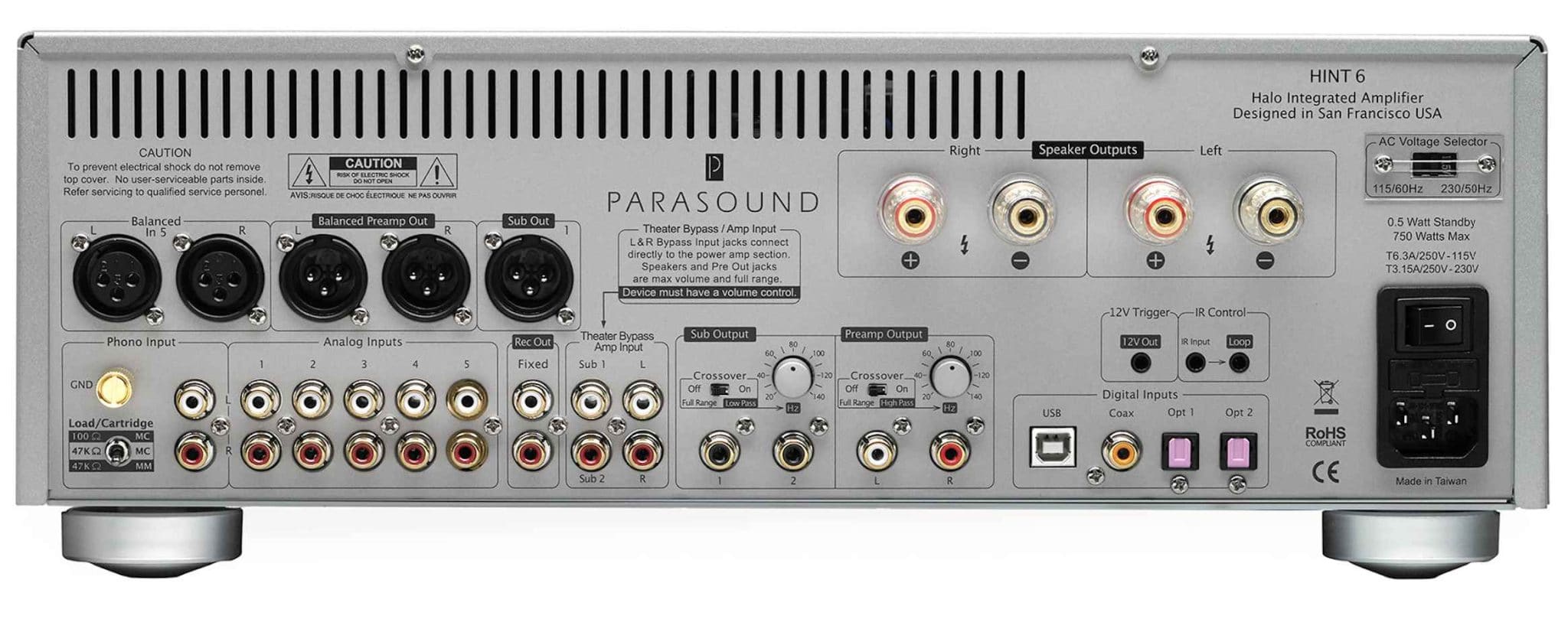
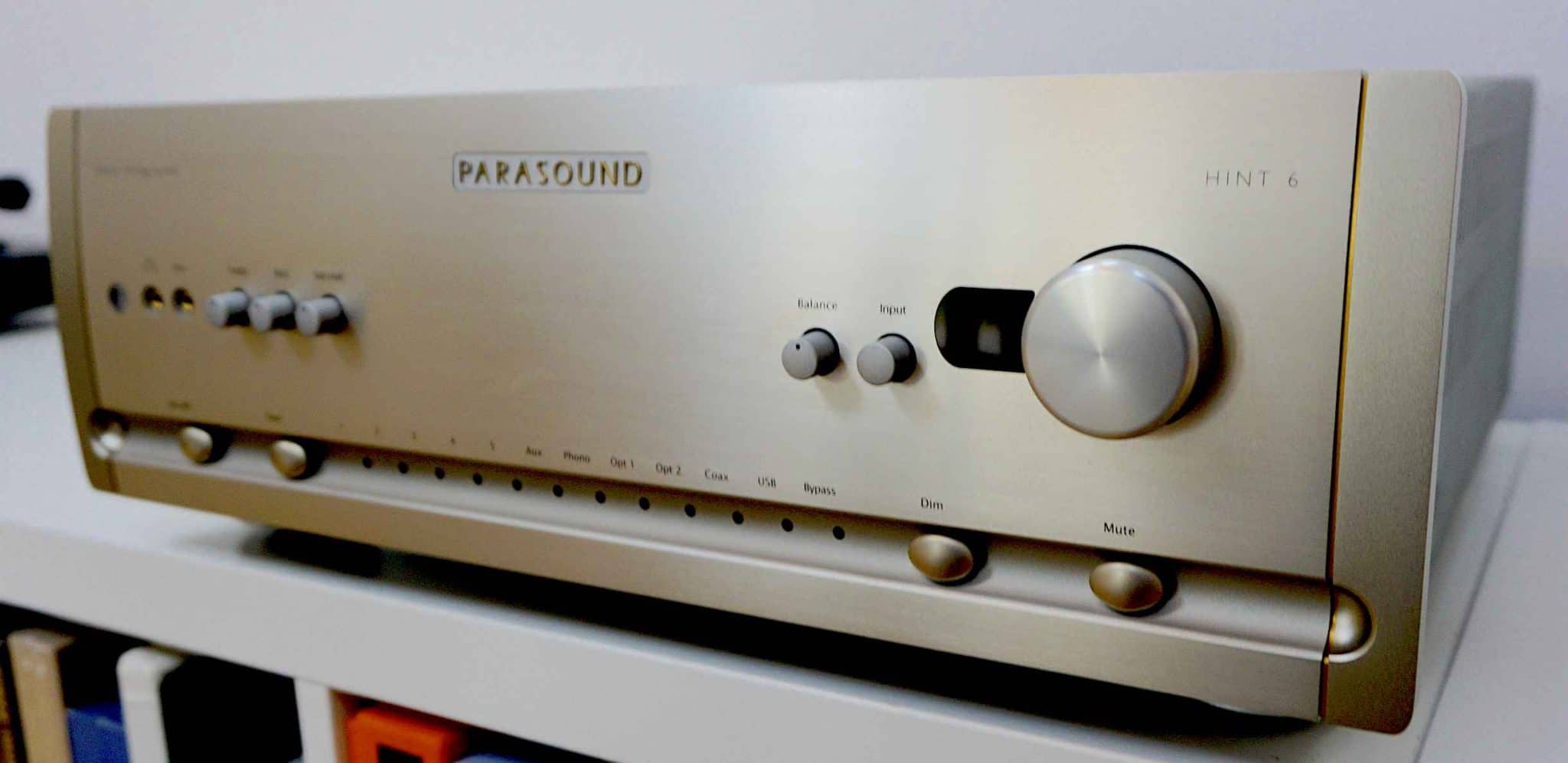
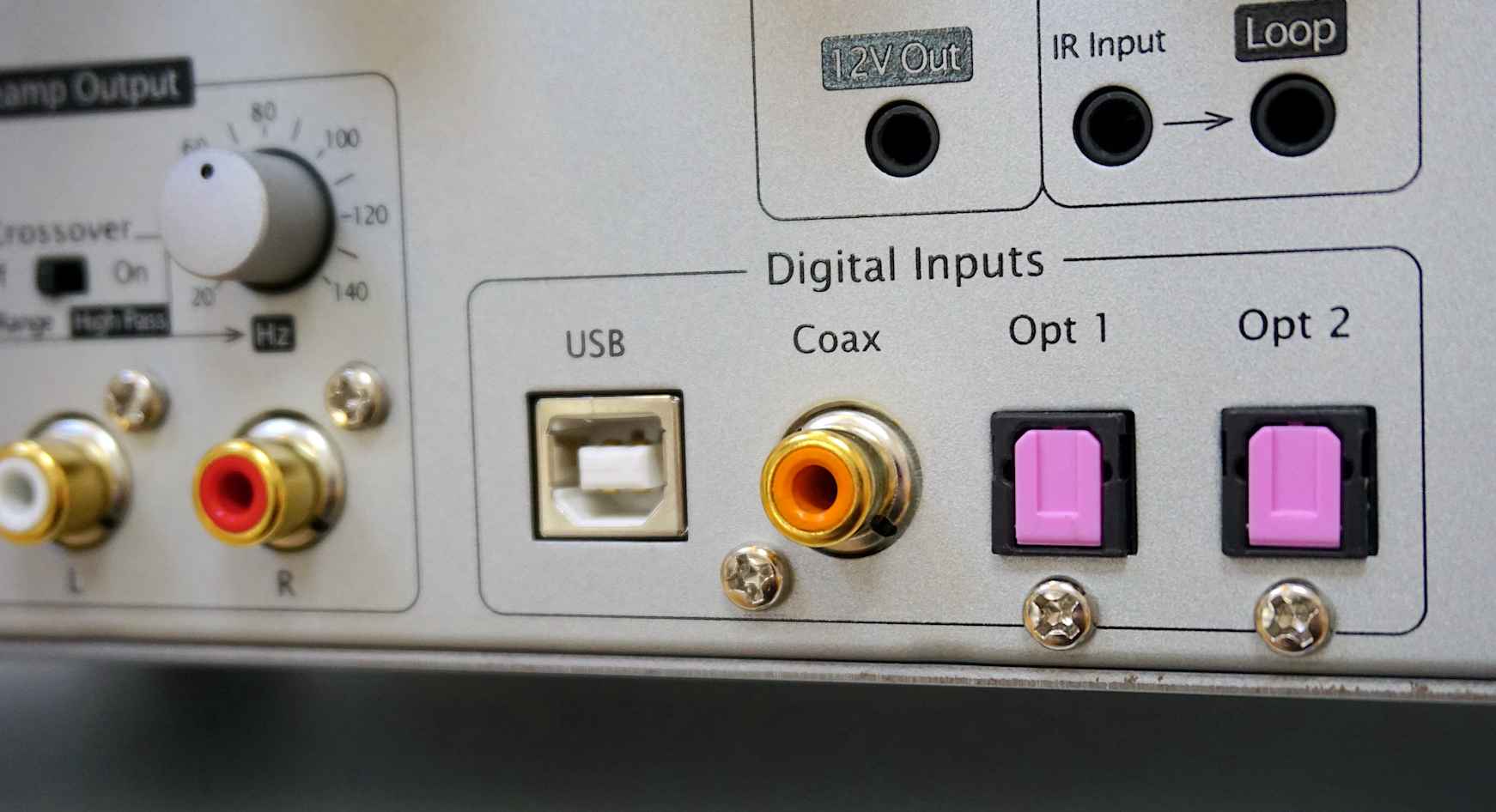
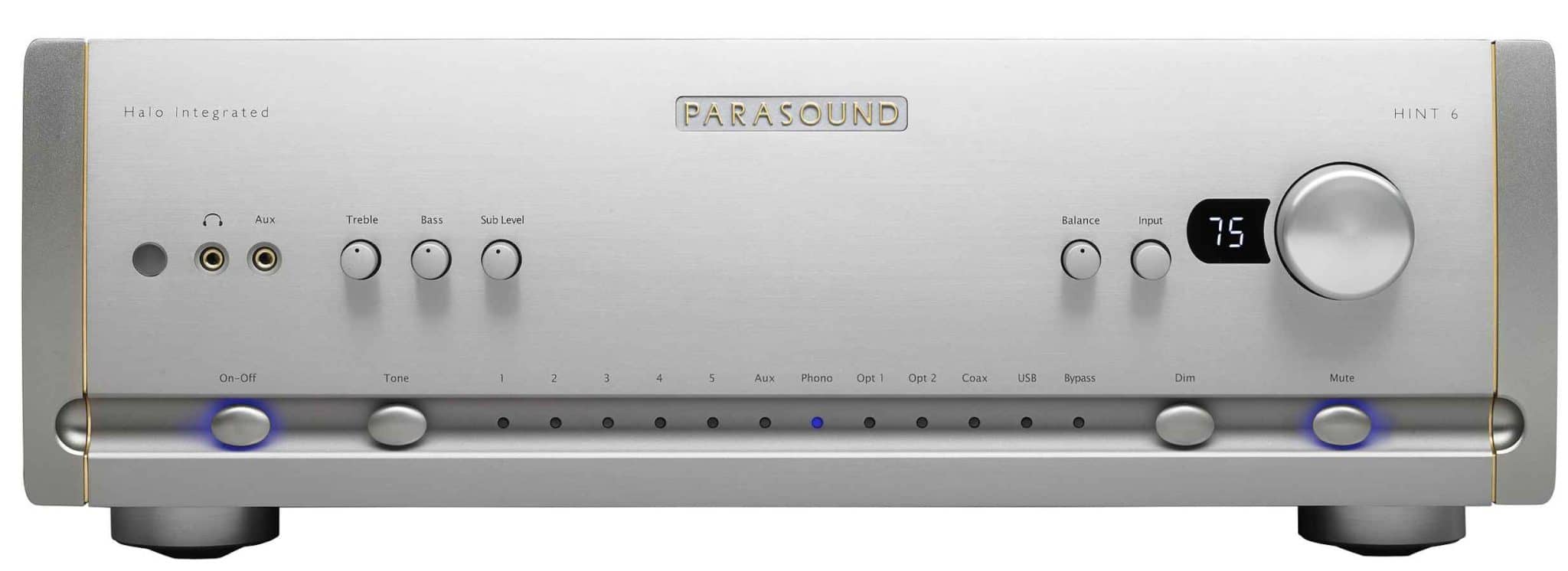
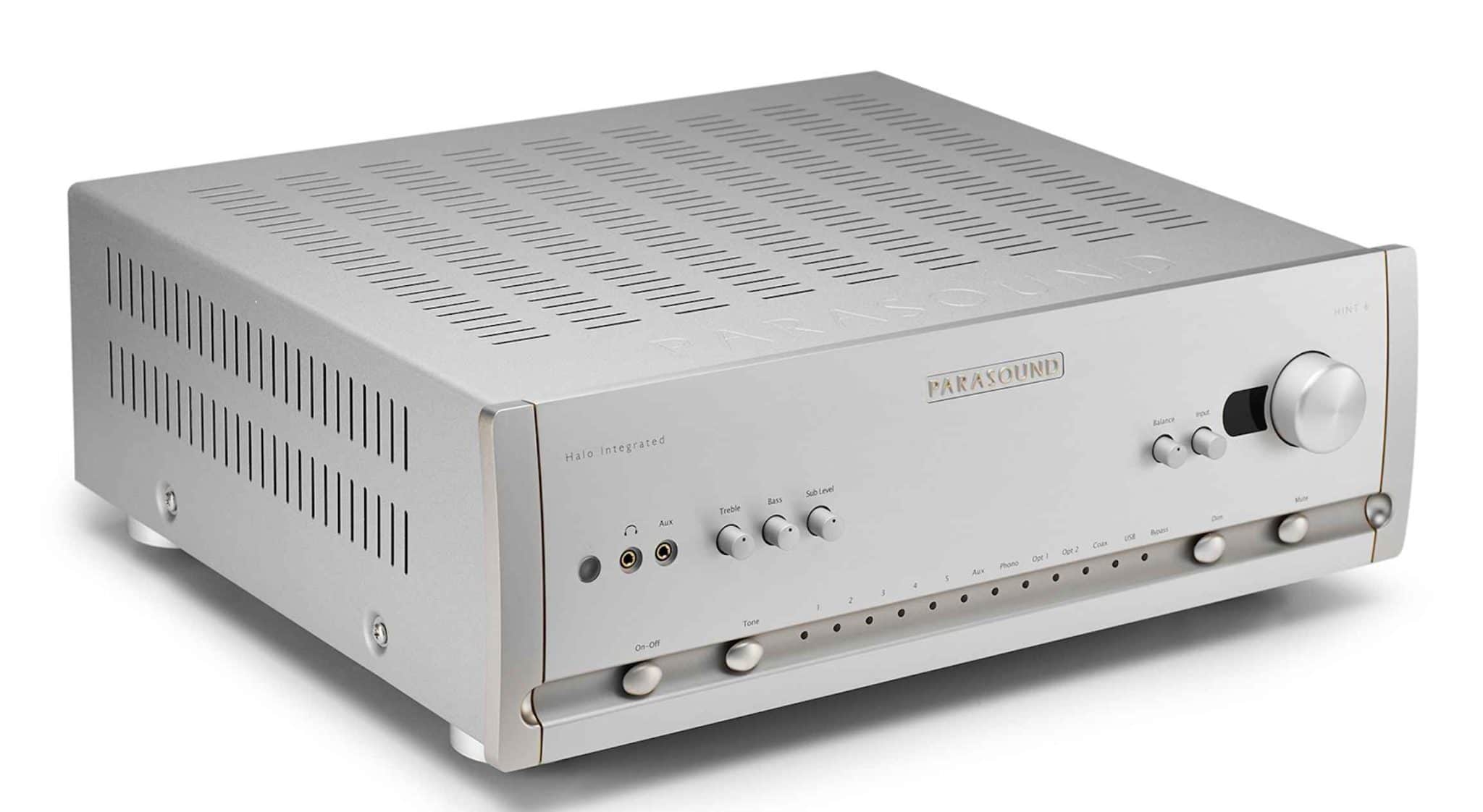
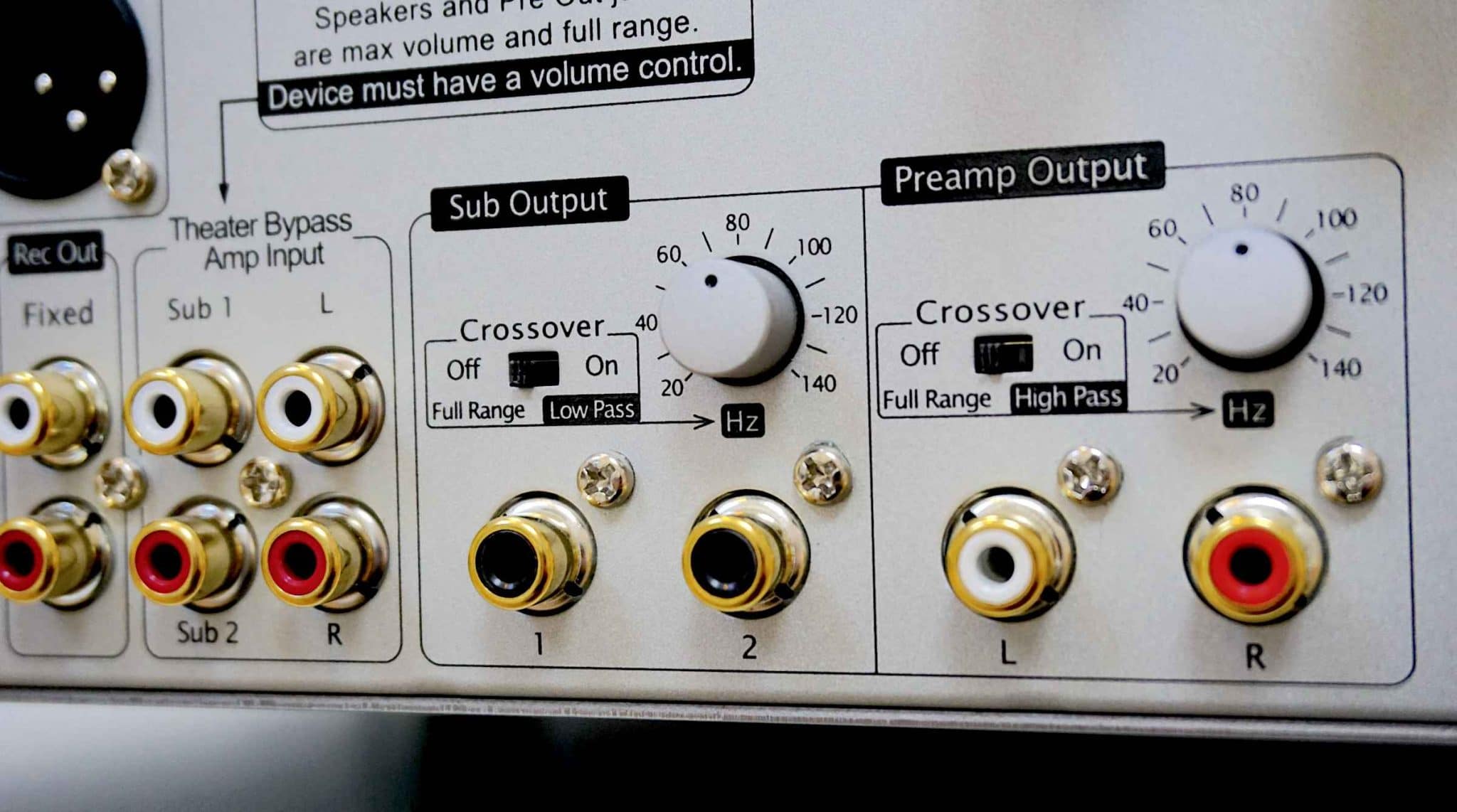
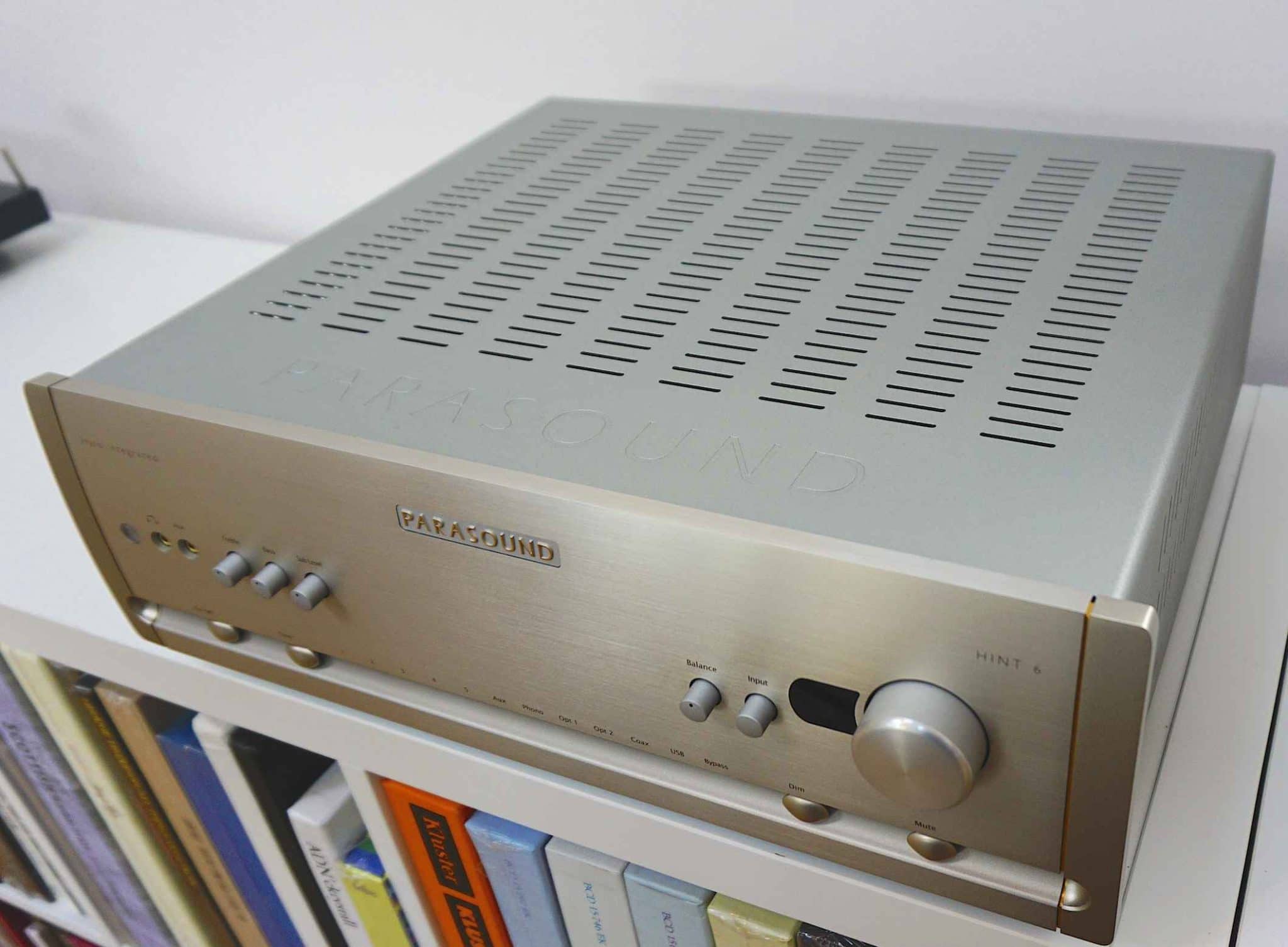

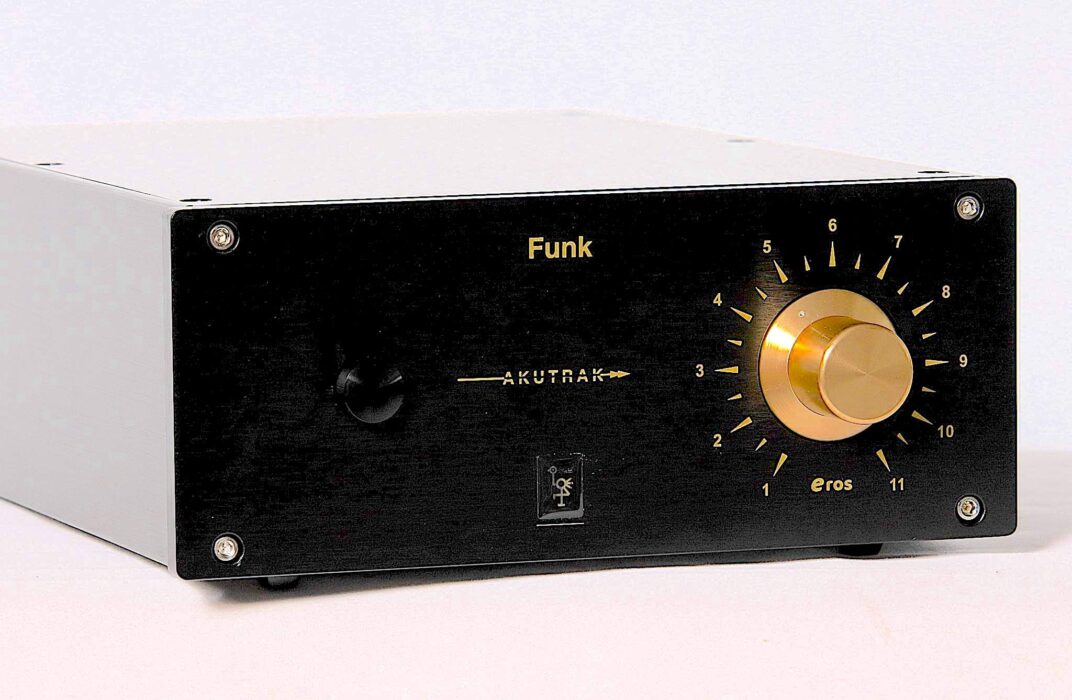
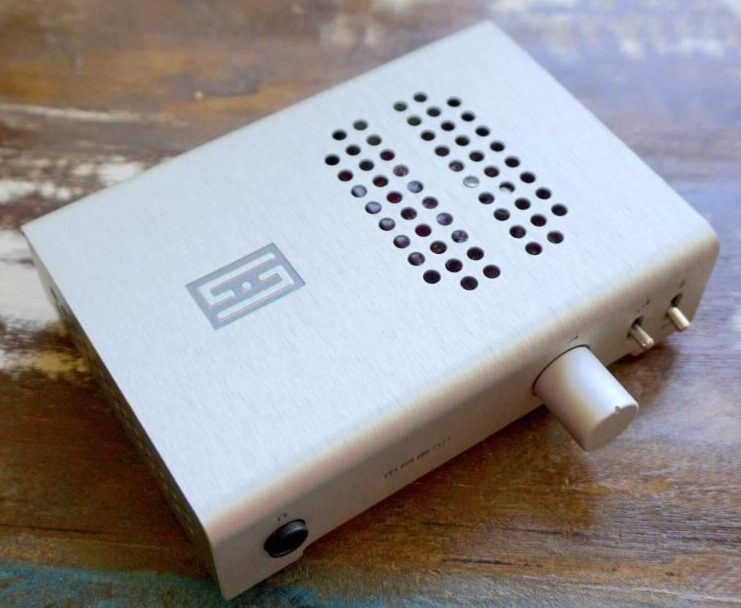
I’m okay with the tone controls, except for the tiny fiddly buttons. Some recordings cry out for the judicious use of said controls and you can switch them out of the circuit when not needed. I’d rather they exclude the dac, as digital technology is constantly changing/evolving.
I would agree with Mike, Tone control can be useful and help with poor recordings, as well as room correction if you don’t have any other means of correcting the sound. I also dislike the small buttons, form over function.
Tone controls are not a waste of budget. Quad have done this for years without compromise. They allow you to accommodate recordings you might otherwise keep avoiding e.g. because they are too bass heavy etc. Also, it allows you to accommodate the room/speaker interaction.
Bob The Builder? I would imagine a more apt comparison would be James Bond vs Terminator.
I hate it when reviewers complain about the inclusion of tone controls. Tone controls are a GOOD thing! The logic here is screwy — the point is not to tamper with the tonal output of the amp, but to correct for less-than-perfect recordings, or speakers, or rooms, or for low-volume listening. I am considering this amp primarily because it’s one of the few high-end amps that HAS tone controls. Please stop trying to convince manufacturers to give us FEWER options.
Just saying I like tone controls too. They help deal with sound in imperfect rooms and poor recordings. I am currently deciding between this amp and a Supernait 3 and the LACK of tone controls (and a MC phono option) put me off the latter. MC phono adds value. O hope Paul you agree with the last point.
I do like Mr Rigby’s reviews – entertaining and opinionated. So many reviewers are too neutral and do not like to be over-critical.
Thanks for your kind comments, Nick. I have no problem at all if you – or anyone else – likes tone controls. We’re all different and all have different likes/dislikes and requirements. Saying that, though… 🙂 ‘Imperfect rooms’ are often the result of not damping the said room properly (I have a ‘How to’ feature on that subject on this site) while a poor recording remains a poor recording, tone controls or not. In fact, using tone controls on a poor recording (in my opinion of course, yours may be different) might very well dull nasty sonics but only at the expense of also dulling any remaining midrange insight and detail left in the grooves.
OK, William, I note your (multiple) views here and YouTube, etc, etc. Be aware, I’m not trying to take away anything from you. The very notion is laughable anyway. I’m offering my opinion. If that opinion doesn’t chime with yours then, what really is the problem with that? Do I have to really “stop”? Am I not allowed to disagree with you? This is my website, sunshine. So I ain’t gonna stop offering opinions on it. If that’s a problem for you, there’s plenty of other websites, YouTube channels, etc out there that I’m sure will suit you better.
What are tone controls for? They are to compensate for you room’s acoustic shortcomings! Why would having them be a shortcoming? Sure, you lose a bit of s/n ratio, but the difference is usually inaudible. They are necessary to be used in moderation is most home situations, unless the room is perfectly treated. Tone controls…good!
I own both the Hint 6 and Yamaha A-S3200 as I was informed the H6 sounds “as good” as the more expensive Yamaha, and wanted to hear it for myself.
I did not use the H6’s on-board DAC, but rather my Chord gear for both Amps, to keep the comparison honest.
The H6 is in fact close to the 3200 in terms of sound quality for the majority of my digital files. With that said, with some of the lesser recordings (such as Sukiyaki by A Taste of Honey FLAC, or The Streets of Philadelphia by Bruce Springsteen FLAC, the Yamaha pulls ahead with the right a.ount of additional clarity and air through the KEF Blades.
The Yamaha kills the H6 using the 1210G turntable and Nagaoka Mp300 MM cartridge. BUT…by setting the Tone Control on the H6 to 1 o’clock, the differences drop off fast!
For TV watching that same tweak on the H6 makes all the difference and it’s nice to near dialog on many of the newer programs.
As far as the aidible differences in power (specs) between the 2 Amps, I haven’t noticed any, in real world listening.